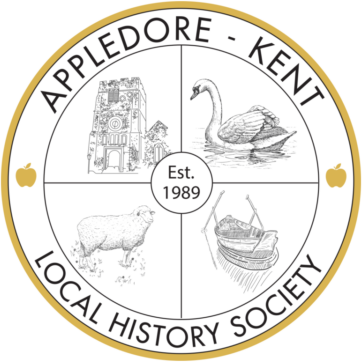The Avery Family of Appledore
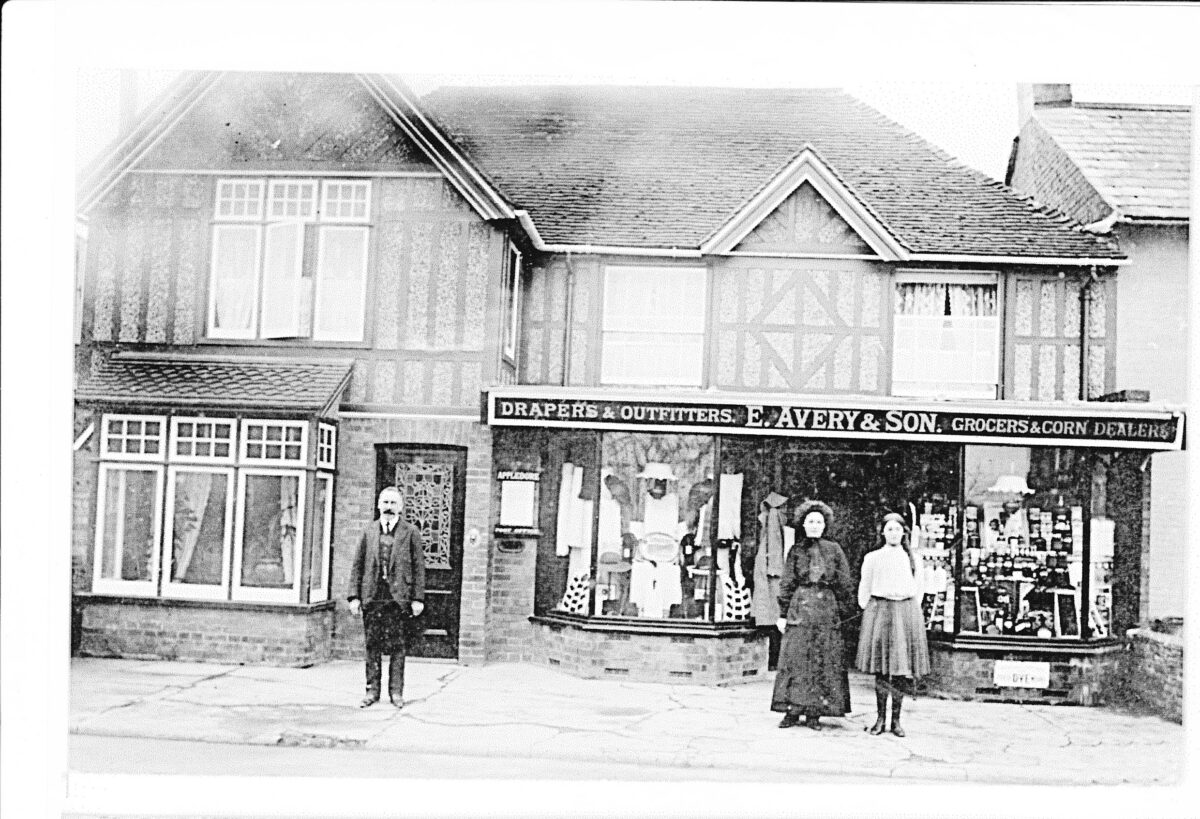

I. Foundations: Friendship, Bequest and Opportunity (Late 18th–Mid 19th Century)
The story of the Avery family in Appledore begins with two men of humble origins: Thomas Avery (1788–1868), an agricultural labourer and his son Edward Avery (1823–1909), who started life as a cordwainer (shoemaker). Their fortunes changed through a close friendship with William Parks (1786–1857), a prosperous baker and property owner in Appledore. Parks, a bachelor, left property to Thomas and Edward in his 1846 will, calling them “my two respectful friends.” This bequest included “the Wickham House butcher’s shop” to Thomas and “the Blue House” to Edward, both adjacent properties in the heart of Appledore.
Edward, at 23, was already trading as a grocer before receiving his inheritance. The family’s social mobility is evident: Thomas, once a labourer, is later described as a baker, and Edward transitions from shoemaking to entrepreneurship.
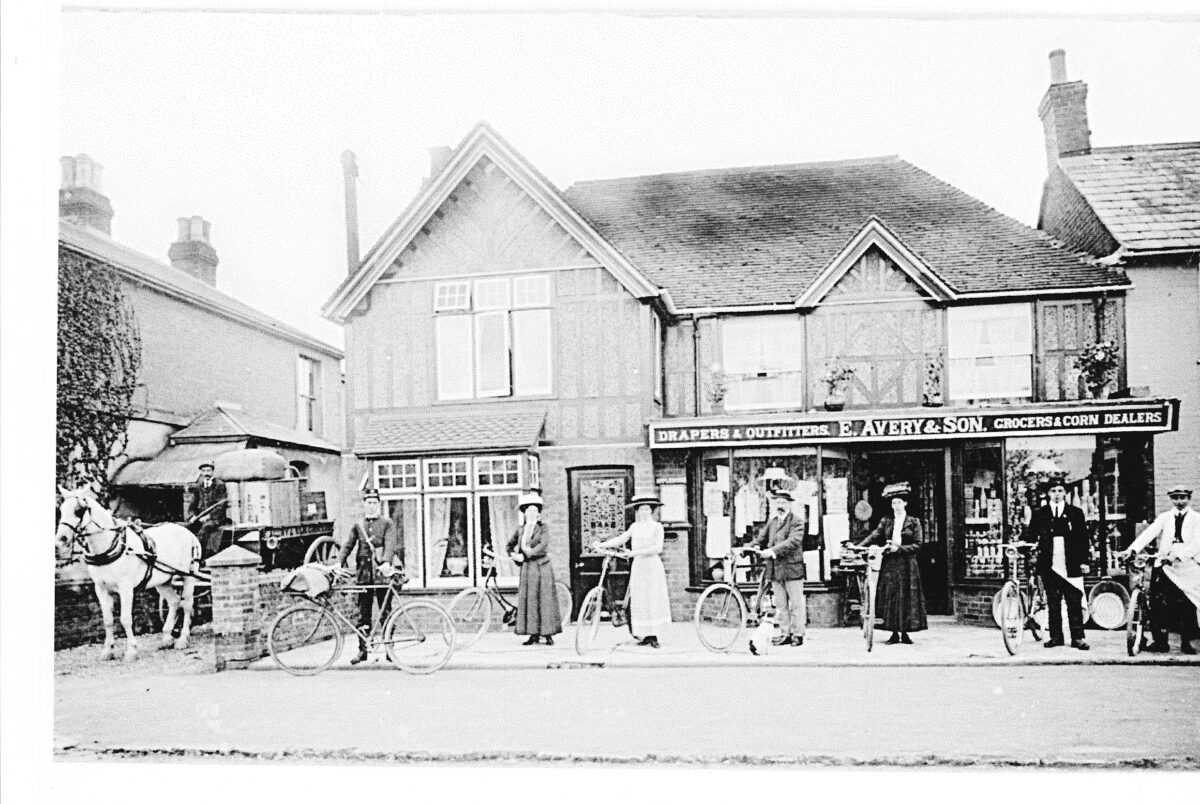
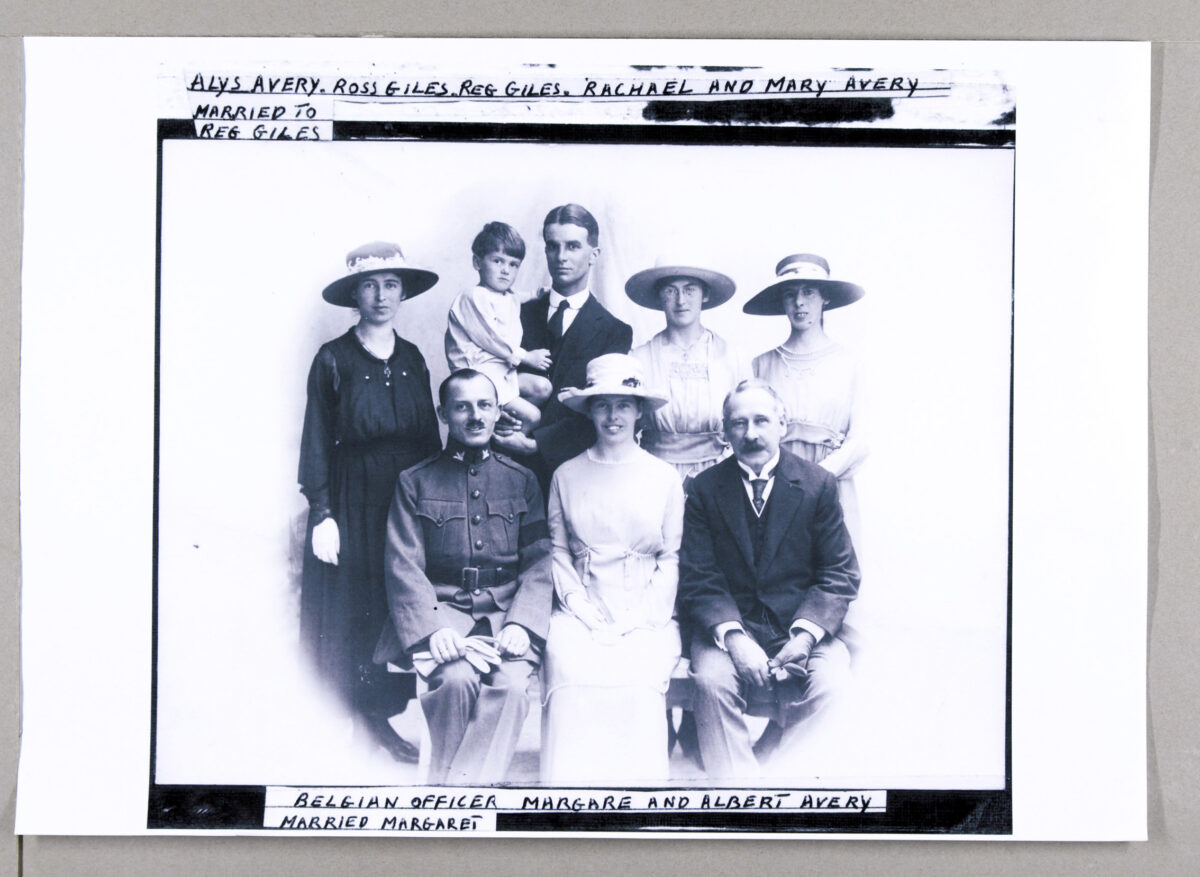
II. The Rise of Avery’s Store (1851–1871)
Avery’s Store was established in 1851 at 42–44 The Street, Appledore. Edward Avery’s business acumen quickly turned the shop into a village emporium. By 1858, he had expanded the premises and diversified the stock, offering groceries, drapery, household goods, furniture and even acting as an agent for newspapers and periodicals. The shop’s sign boasted “drapers, outfitters, corn merchants, and grocers.” The ground floor housed the Post Office and grocery department, while the upper floor was filled with glassware, crockery and Wellington boots. Outbuildings stored iron bedsteads, feather mattresses, and even a grand piano.
Edward’s entrepreneurial spirit extended to property development. In 1865, he advertised newly built cottages for rent on Appledore Heath. He was also a furniture broker, selling both new and second-hand goods. The shop was a community hub and Edward’s advertisements in local newspapers reflect a keen sense of marketing.
Edward married Mary Ann and they had three sons: William Parks Avery (b. 1855), Edwin Henry Avery (b. 1856), and Albert John Avery (b. 1858). The family’s upward mobility is reflected in Edward’s later description as a “gentleman.”
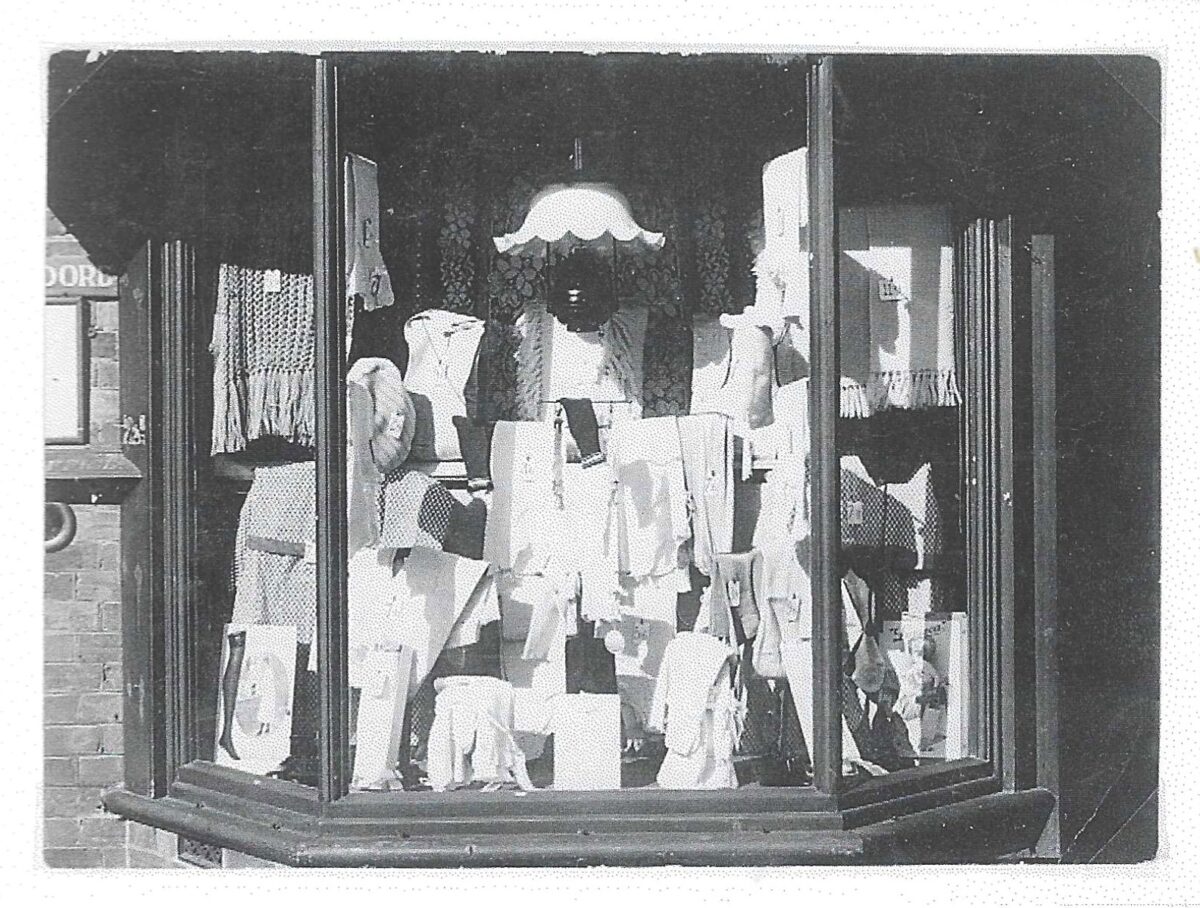
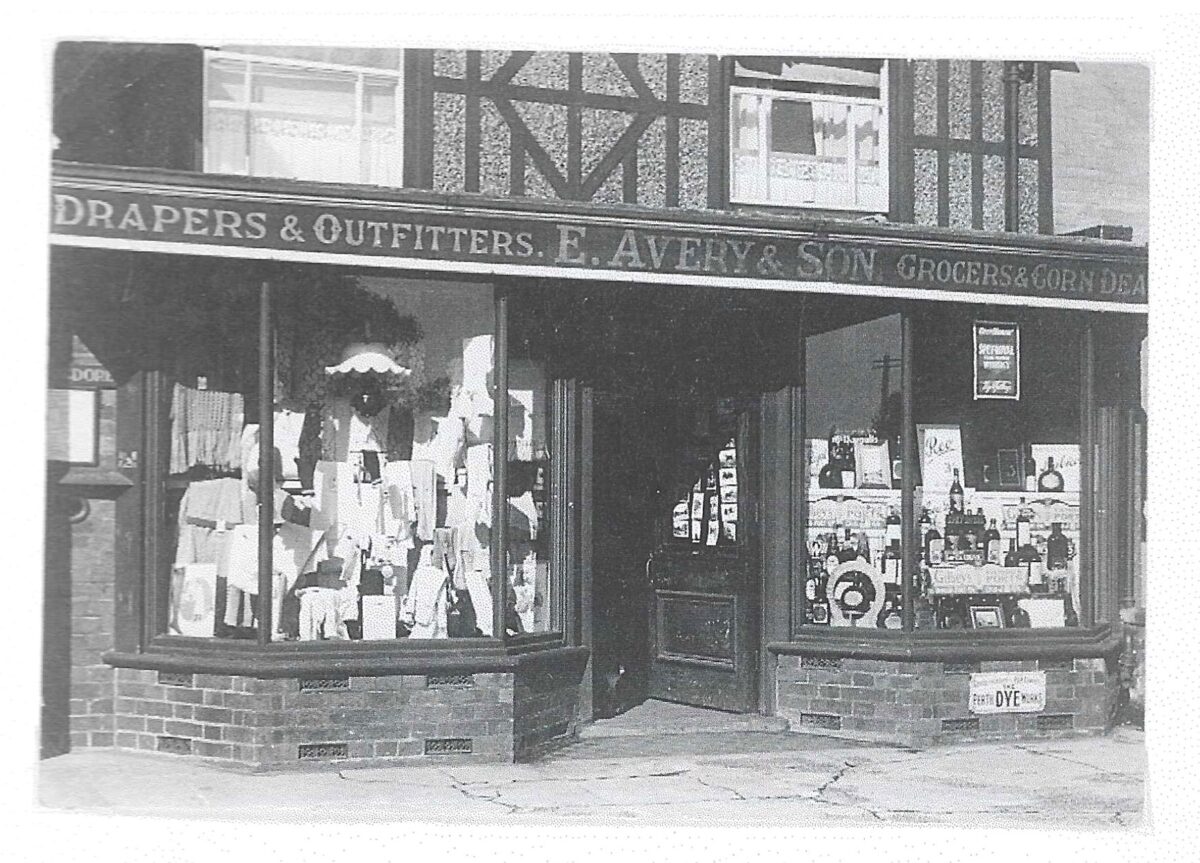
III. Transition and Expansion (1871–1909)
In 1871, after twenty years, Edward sold the business to W. J. Piper, though he remained in Appledore. His sons began to forge their own paths: William joined the Royal Engineers, Edwin became a grocer’s manager in Peasmarsh, and Albert’s future was yet to unfold.
The 1881 census shows Sydney Smith running the shop, while Edward, now a cobbler, lived at Wickham Villas. William was in the army, Edwin in Peasmarsh, and Albert missing from the census—possibly abroad or in military service.
By the late 1880s, Albert John Avery had returned to Appledore and taken over the family business. In 1887, he married Helen Spencer Pearson, and together they had several children:
- Helen Mary (“Mary”) Avery (1888–1935)
- Alice Grace Avery (1890–1976)
- Edith Muriel Avery (1894, died in infancy)
- Evelyn Margaret Avery (1896–1971)
- Rachel Winifred Avery (1898–1979)
- Edward Bernard Avery (1900, died in infancy)
- Norah Parks Avery (1902–1903)
- Frederick John Avery (1903–1904)
Albert expanded the shop’s offerings, becoming a grocer, draper, corn merchant and sub-postmaster. He was also a valuer and transfer agent for local businesses and a supporter of both Liberal and later Conservative politics.
IV. The Avery Daughters: Music, Service, and Community (1900–1940s)
The Avery daughters were renowned for their musical talents. Helen Mary Avery became the long-serving organist and choir mistress at Appledore Church, while Rachel was the postmistress and also played the organ. The family’s musical performances were a highlight of village events, from whist drives to church services. Their names appear frequently in local newspapers, performing piano duets, violin solos, and accompanying village concerts.
Albert’s wife, Helen, died in 1905 at the age of 43, after years marked by both joy and tragedy. Several of their children died young, but the surviving daughters—Mary, Alice, Evelyn, and Rachel—remained close and active in the community.
Albert’s leadership of the shop continued through the First World War and into the interwar years. Avery’s Store was a hub for local news, goods, and social gatherings. Albert’s advertisements for his services as a valuer and accountant appeared weekly in the local press, and his involvement in the Freemasons was well known.
In 1935, tragedy struck again when Helen Mary Avery died at the age of 46, after more than 25 years as the church organist. Albert continued to run the shop with the help of his daughter Rachel.
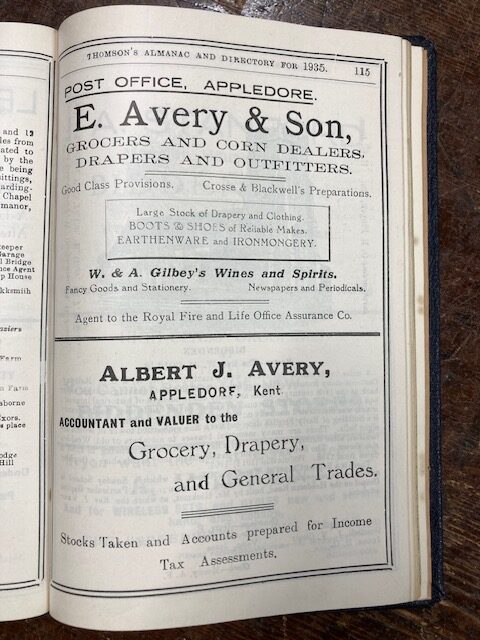
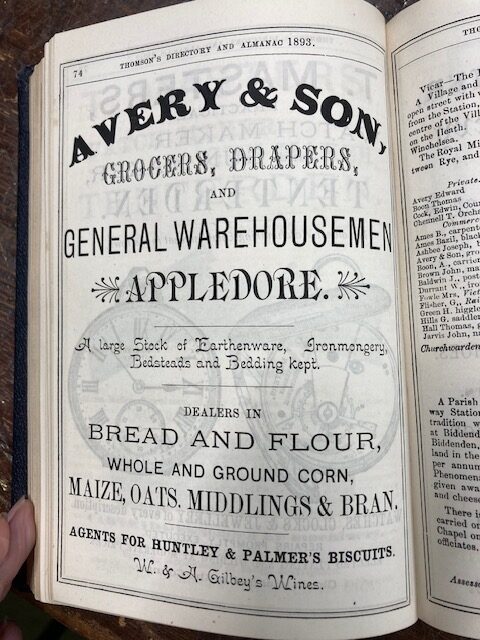
V. The Shop as Village Hub: Anecdotes and Social Life
The layout of Avery’s shop is vividly remembered: groceries on the right, large biscuit tins, a bacon slicing machine, and cheeses at the far end; the Post Office and haberdashery on the left, with Rachel as postmistress. Upstairs, one could buy everything from glass vases to Wellington boots. The shop employed local staff, including Mr. Rogers, Mr. Boorman, and Ebeneezer Ireland.
The Averys were deeply involved in village life. They organised and participated in whist drives, musical evenings, and church events. Their names appear in reports of Sunday school teas, Territorial Force recruiting meetings and the unveiling of the Appledore War Memorial. The daughters’ musical talents were celebrated at every opportunity, and their performances were a source of pride for the family.
Albert was also a prominent Freemason, serving as Past Master of the Weald of Kent Lodge and Provincial Junior Grand Deacon in 1928. He was a life governor of the Royal Masonic Benevolent Institution and served as steward in 1920.
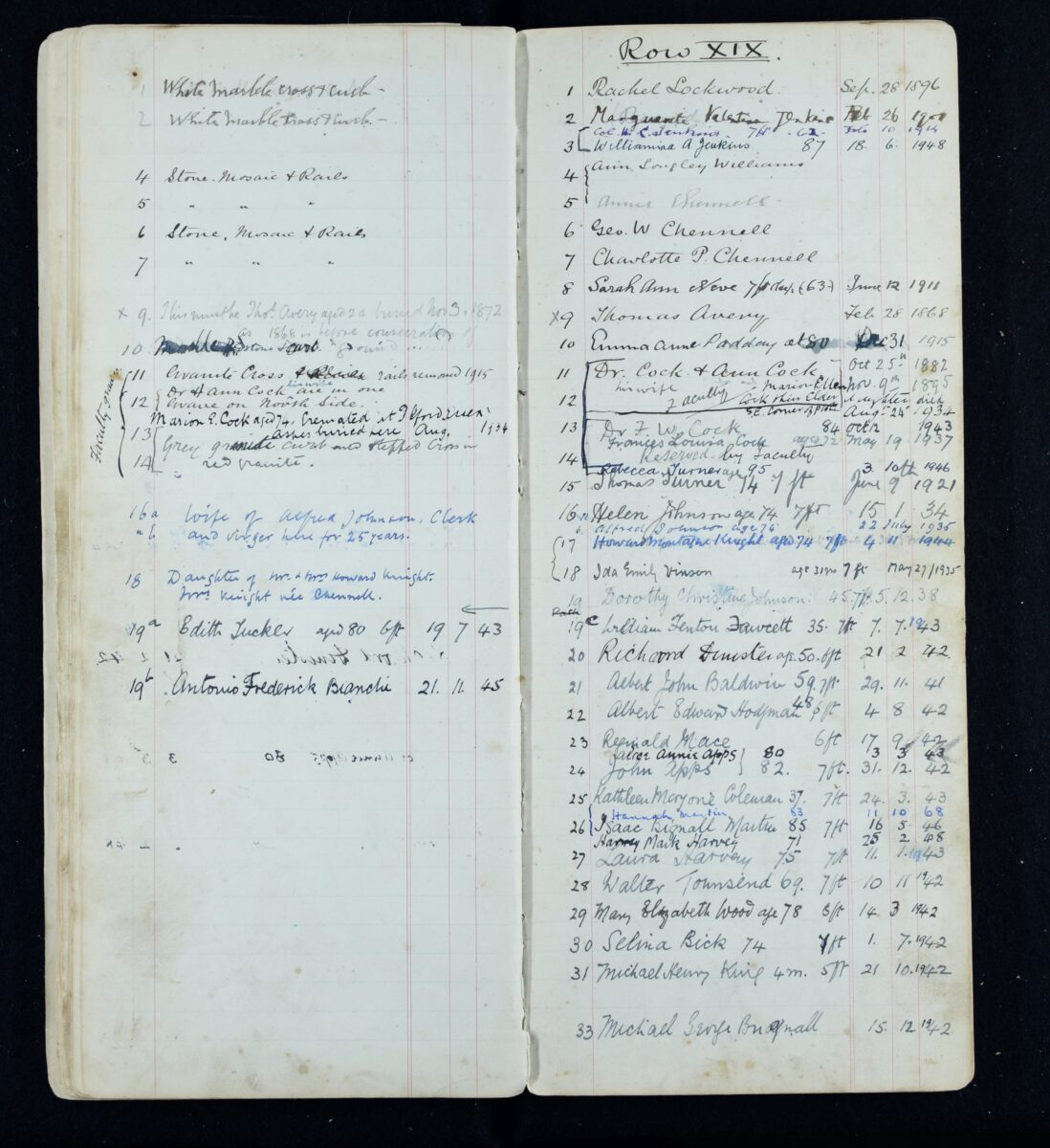

VI. The End of an Era (1940s–1979)
Albert John Avery died in 1941 at the age of 82. His funeral was attended by friends and villagers from across Kent, a testament to his impact on the community. Rachel Winifred Avery inherited the shop and its licences, continuing the family tradition for a few more years.
In 1947, Rachel sold Avery’s to Clifford Noakes and moved to Wales. She sold other family properties, including Canal Cottages and lived out her days in Denbigh, passing away in 1979 at the age of 82. Her sister Evelyn Margaret, who had married a Belgian officer and lived in Antwerp, died in 1971.
The shop continued under new ownership, including the Sibley family and later Ben Hatch, who ran Appledore Antiques from 1971 to 1978. In 1979, the property was finally converted from a shop and house to a private dwelling.
VII. The Wider Avery Family and Emigration
The Avery story is not confined to Appledore. Edwin Henry Avery (Edward’s son) emigrated to Canada in 1913, settling in Saskatoon, where he worked as a clerk for the city corporation. He maintained close ties with Appledore, receiving the Kentish Express newspaper weekly, which was circulated among eight Kentish families in Saskatoon. Edwin returned to England for a visit in 1933, before passing away in 1935.
Other family members married and moved away, but the Avery name remained synonymous with Appledore for generations.
Appendix: Key Names and Dates
- Thomas Avery (1788–1868): Agricultural labourer, later baker.
- Edward Avery (1823–1909): Cordwainer, grocer, draper, entrepreneur.
- Albert John Avery (1858–1941): Grocer, draper, corn merchant, sub-postmaster, Freemason.
- Helen Spencer Pearson Avery (1862–1905): Albert’s wife.
- Children of Albert and Helen:
- Helen Mary Avery (1888–1935): Organist, choir mistress.
- Alice Grace Avery (1890–1976): Married Reginald Giles.
- Edith Muriel Avery (1894, died in infancy).
- Evelyn Margaret Avery (1896–1971): Married Désiré Verhoeven, lived in Antwerp.
- Rachel Winifred Avery (1898–1979): Postmistress, organist, last Avery in Appledore.
- Edward Bernard Avery (1900, died in infancy).
- Norah Parks Avery (1902–1903).
- Frederick John Avery (1903–1904).
- Other Notable Family:
- Edwin Henry Avery (1856–1935): Emigrated to Canada.
- William Parks Avery (1855–?): Royal Engineers.
Avery Family Tree
Thomas Avery (1788–1868)
└── Edward Avery (1823–1909)
├── William Parks Avery (b. 1855)
├── Edwin Henry Avery (1856–1935)
└── Albert John Avery (1858–1941) m. Helen Spencer Pearson (1862–1905)
├── Helen Mary Avery (1888–1935)
├── Alice Grace Avery (1890–1976) m. Reginald Giles
├── Edith Muriel Avery (1894–1894)
├── Evelyn Margaret Avery (1896–1971) m. Désiré Verhoeven
├── Rachel Winifred Avery (1898–1979)
├── Edward Bernard Avery (1900–1900)
├── Norah Parks Avery (1902–1903)
└── Frederick John Avery (1903–1904)
Key:
- “m.” indicates marriage.
- Dates in parentheses are birth and death years.
